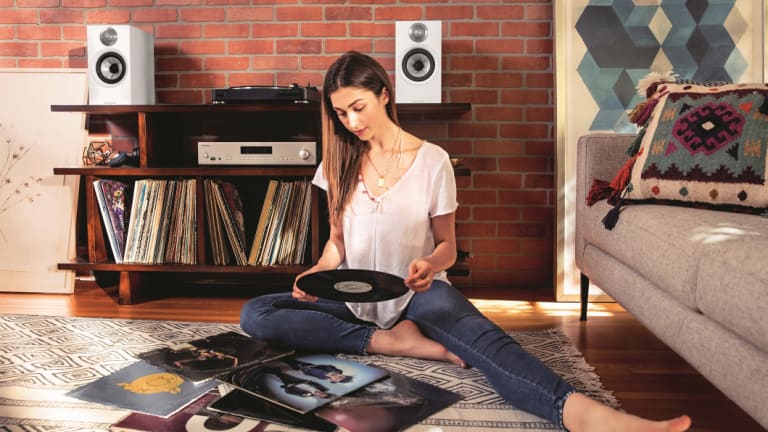
Who needs instructions for speakers? I mean, how hard is it? Remove from box, attach cables, bingo. Ah, but then there’s Bowers and Wilkins. One doesn’t so much read a B&W owner’s manual as settle down with it over a cup of coffee.
John Bowers and Roy Wilkins were mates in the army during the second world war and when the difficulties concluded they opened a radio shop in Worthing, a bit along from Brighton on England’s south coast. They first mucked about with speakers when they did public address work for schools and churches and the first commercial B&W speaker came along in 1967. In a country famous for producing fine speakers B&W is now something of an icon.

The B&W 606s are good performers for the money, and have great instruction manuals.
John Bowers was a fastidious gent and although he’s been dead for three decades you can still see his attention to detail coming through. Look no further than the owner’s manual, which explains in some detail why and how to position the speakers when they back on to a wall. And if you know nothing about optional bi-amping (one amplifier for the low range drivers, another for the high) or bi-wiring (one cable for the low range, another for the high) the manual can start you down that path. It also tells you about running-in and cleaning.
If the bass is too strong or unbalanced a possible solution is provided with foam plugs that can be inserted into the bass reflex port. Each pad is a donut-plus-centre and can be used either as a reduction tube or a full plug. The tweeters, the manual advises, should be at ear level and the grilles are such that you can invert the speakers to achieve this.









 Add Category
Add Category